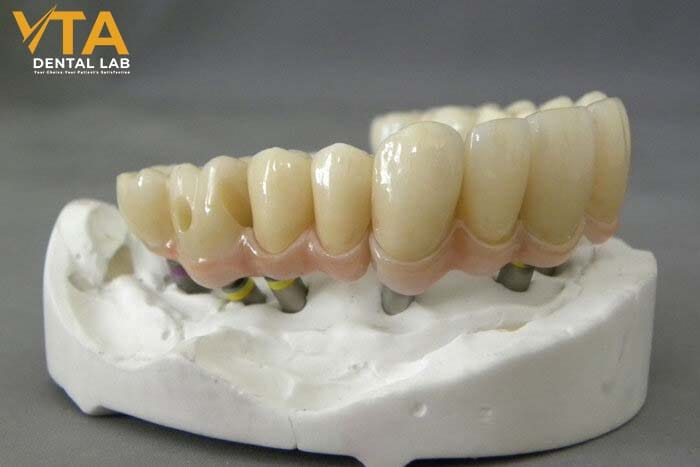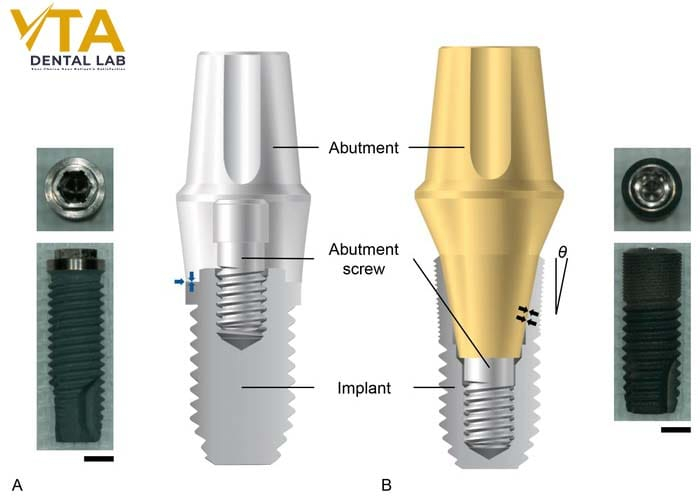Parts of Dental Implants: Key Components for a Perfect Smile
Dental implants have become a popular solution for restoring missing teeth, offering both functionality and aesthetics. However, not everyone understands the essential components that make up a dental implant. Each part plays a crucial role in creating a durable and natural-looking replacement tooth from the titanium implant to the abutment and crown. In this article, we will explore the key parts of dental implants, helping you understand how they work together to transform smiles and enhance oral health.
Parts of Dental Implants
Dental Implant Fixture
The Parts of Dental Implants include an implant fixture a screw or post surgically inserted into the jawbone to replace the lost natural tooth root. It provides stability and integration within the jaw. Its surface is often designed with spiral threads to secure it in place and evenly distribute bite forces. Additionally, the surface is typically treated or coated with materials like hydroxyapatite to enhance bone bonding.

Another thing to consider is that the implant fixture is made of biocompatible materials to prevent rejection by the body. The most common material is titanium, which is durable, lightweight, and corrosion-resistant. It facilitates integration with the bone through a process called osseointegration. Titanium alloys (a mixture of titanium with other metals such as aluminum and vanadium) increase durability and load-bearing capacity. Some implant fixtures are made from zirconia, a white ceramic material ideal for high-aesthetic needs.
Implant posts come in various sizes to suit each position and condition of the patient’s jawbone. The diameter of the post ranges from 3 mm for front teeth to 7 mm for molars or weaker bone areas. The length of the post ranges from 6 mm to 16 mm, long posts are often preferred to ensure higher stability, especially when the chewing force is large.
Implant Abutment
The abutment is a small component attached to the implant fixture, serving as the base for the artificial crown. The abutment can be made from many types of materials, commonly titanium with the characteristics of durability, lightness, and good integration with the implant post. In addition, zirconia is also used because of its natural white color similar to real teeth, suitable for the front teeth area that requires high aesthetics.

In some cases, gold alloy abutments are chosen for their ductility and load-bearing capacity.
There are many types of abutments to suit each patient’s condition and requirements, commonly standard abutments and custom abutments. Standard abutments are pre-made and fixed, used for cases that do not require high aesthetics, the implementation process is quick and cost-effective. Customized abutments designed specifically for individual patients, offering optimal fit and high aesthetic quality, particularly in the front teeth area.
Implant Tooth (Prosthetic crown)
The parts of dental implants also include implant teeth, which are artificial teeth that function and are aesthetically similar to natural teeth. It is attached to the implant abutment and restores appearance and chewing ability.
Implant crowns are made from high-quality, biocompatible materials such as all-ceramic, zirconia, Porcelain fused to metal (PFM), Full cast metal, e.Max. The appropriate crown can be chosen depending on the patient’s budget and needs.

Each prosthetic tooth is custom-designed to match the patient’s natural teeth in color, shape, and size. Key factors in designing implant crowns include harmonizing with natural teeth, optimizing shape for functionality, and ensuring precise bite alignment to provide comfort during chewing.
Implant crowns can be tailored based on the patient’s needs:
- Single crowns: For individual missing teeth, attached to a single implant.
- Implant-supported bridges: Replacing multiple adjacent teeth, supported by two or more implants.
- Fixed implant dentures: Replacing an entire arch of teeth, anchored by at least four implants (e.g., All-on-4).
How the Parts Work Together
Dental implants consist of the fixture, abutment, and crown that work together to create a secure replacement for a missing tooth. The implant fixture acts as the root, securely integrated into the jawbone. The abutment connects the fixture to the crown, ensuring a stable, durable attachment. The crown serves as the visible, functional tooth, replicating natural aesthetics and chewing capability. Together, these parts create a reliable, long-term solution for tooth replacement.

How Implants Are Retained in the Mouth
Dental implants are retained in the mouth in two ways:
Osseointegration:
The implant fixture integrates with the jawbone as surrounding bone cells bond tightly to the fixture. This process takes 3-6 months, ensuring the implant is permanently secured in the mouth.
Abutment Screw:
A small screw secures the crown to the implant abutment, adding additional stability to the dental restoration.

The Benefits of Dental Implants
Dental implants provide numerous benefits, including:
- Natural appearance: Mimicking the look and function of real teeth.
- Longevity: Implants can last for decades with proper care.
- Bone preservation: Preventing bone loss and maintaining facial structure.
- Enhanced oral function: Restoring full chewing and speaking ability.
- Improved confidence: Offering a stable, aesthetic solution for tooth loss.
Common Questions About Dental Implants
How long do dental implants last?
With proper care, dental implants can last 20 years or more, often lasting a lifetime.
Is the dental implant procedure painful?
Most patients report minimal discomfort during the procedure, as local anesthesia and sedation are used to ensure comfort.
Can dental implants replace multiple missing teeth?
Yes, implants can support bridges or full dentures to replace multiple or all missing teeth.
In conclusion the parts of dental implant
Dental implants are a popular solution that many patients choose to replace missing teeth today. Understanding the parts of dental implants and how they work will help patients make informed decisions and achieve successful treatment outcomes.
Additionally, choosing a reliable dental laboratory can significantly contribute to the success of your dental clinic in restoring patients’ smiles. VTA Dental Lab is a trusted laboratory in the United States with over 20 years of experience providing high-quality, durable restorations tailored to each patient’s unique needs.
For more information, contact us today!